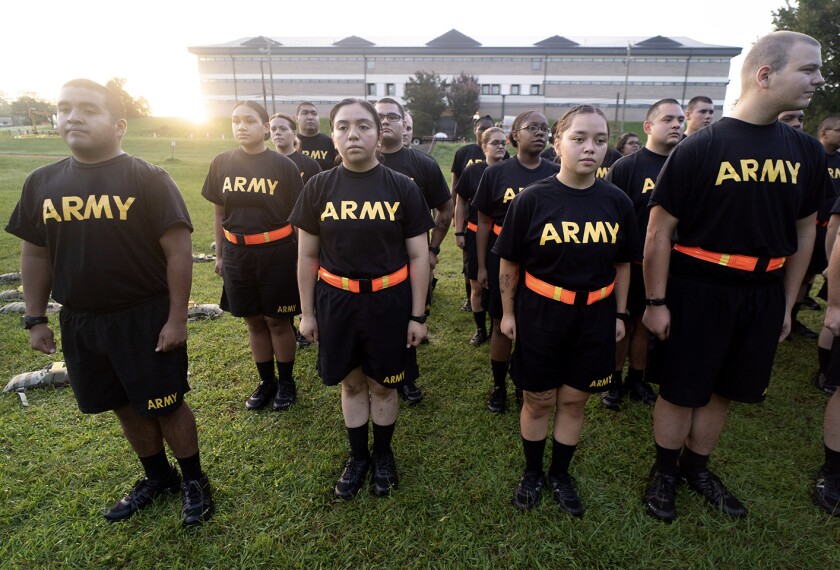A federal program that was established to provide tax relief for college students and their families “squanders” tax dollars and fails to make college more affordable for low-income students, according to a report released last week.
For More Information |
| The report, “Rhetoric and Reality: Effects and Consequences of the HOPE Scholarship,” is available Institute for Higher Education Policy. (Requires Adobe’s Acrobat Reader.) |
The Institute for Higher Education Policy report criticized the HOPE Scholarship Program—a prominent initiative of the Clinton administration—as being a “windfall” for middle-income students rather than easing the rising cost of college tuition for poorer students. The institute is a Washington-based nonprofit research group.
Thomas R. Wolanin, a senior associate for the institute and a deputy assistant secretary for legislation and congressional affairs for the U.S. Department of Education during President Clinton’s tenure, is the author of the 34-page report, “Rhetoric and Reality: Effects and Consequences of the HOPE Scholarship.”
He argues that the HOPE program, while providing limited tuition relief for middle-income families, adversely affects financial-aid benefits for poor students and influences colleges to raise tuition costs because of the perception that more students are receiving tax credits.
“This was very good politics,” Mr. Wolanin said of the initiative in an interview. “It was not very good public policy.”
The HOPE Scholarship Program was part of the Taxpayer Relief Act of 1997, which was signed by Mr. Clinton to ease the financial burden of college at a time when many parents were complaining of tuition “sticker shock.”
Under the program, the families of students who pay a minimum of $2,000 annually in tuition and fees can earn up to a $1,500 federal income-tax credit over two years.
The tax credit does little good for some two-year college students because their tuition and fees fall below that minimum, the report states. Students and their families also cannot count other expenses, such as room and board, toward the $2,000 needed to reach the tax-credit threshold.
In addition, the report says, some students and their families fail to reach the qualifying level because other scholarships and grants are counted against their tuition and fees.
And the program provides no refund for those who don’t earn enough to be eligible for a tax credit, Mr. Wolanin says.
“Instead of hope, the scholarship program is no help,” he argued. “It doesn’t reach the people who need the most help.”
Mr. Wolanin said the program helps students who would have attended college regardless of the tax break.
“Why should taxpayers pay more money so that middle-income families have a little bit more money?” he said. “What do I get as a taxpayer? I get nothing.”
Repeal Seen as Unlikely
In the report, Mr. Wolanin calls for the HOPE Scholarship Program, which costs about $6 billion a year, to be repealed because college tax-credit programs are too complicated and rarely help low-income families send their children to college.
Terry Hartle, a senior vice president with the Washington-based American Council on Education, which lobbies on issues important to postsecondary institutions, agreed that tax credits would not increase the number of poor students attending college. But he noted that the HOPE credits were never intended to assist poor families.
He said the report simply proves that the program is helping its intended target: middle- and lower-middle-income families.
“There seems to be little interest in repealing the program,” Mr. Hartle added. “We would not support that.”
Mr. Wolanin argues that the HOPE program’s funds should be funneled into existing federal grant and loan programs for college students. He said those programs, such as Pell Grants, do help more low-income students attend college. But he said such programs don’t receive adequate funding.
Mr. Hartle said he believes it is unlikely that the money the federal government currently spends on HOPE will be transferred into other federal college grant and loan programs. Any money diverted from the HOPE program likely would be used toward another tax-credit program, he said.




